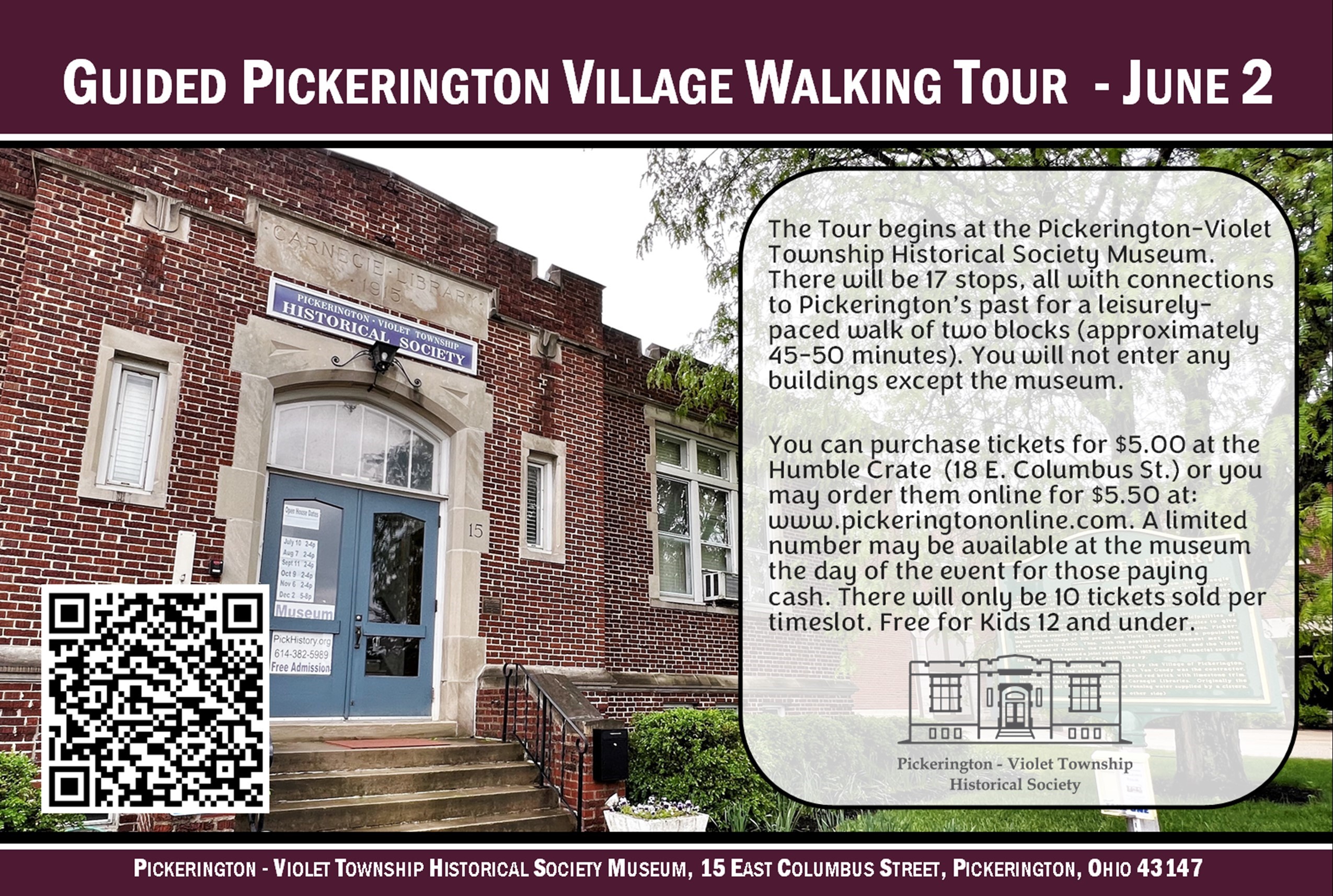
November 6, 2022
Are you looking for a fun outdoor activity to do with your children or grandchildren? How about a round of high-tech hide-and-seek? Take the kids geocaching. Geocaching is a world-wide adventure game in which participants hide small containers of goodies and then post the latitude and longitude coordinates online to challenge other players to find them using GPS devices.
Global positioning System (GPS) devices like smartphones, automotive navigational systems and hand-held GPS receivers communicate with an array of specialized satellites to establish their precise latitude and longitude position using trilateration.
The receiver determines its distance from the satellites using a precise timing system. If the receiver can communicate with three or more GPS satellites, it can use those distances to determine its exact latitude and longitude anywhere on the planet. GPS devices are accurate to within a few feet.

If you want to learn more about GPS, then visit the US Government GPS site at this address. The United States Air Force operates the Global Positioning System satellites. Prior to 2000, the Air Force injected an intentional error, called selective availability, into the system to make it more difficult for an enemy to use the system to target American interests. That error was removed on May 1, 2000 making consumer GPS devices accurate to within a few feet.
On May 3, 2000, Dave Ulmer of Beavercreek, Oregon hid a partially buried plastic bucket and posted the precise latitude and longitude coordinates online. He challenged people to use their GPS devices to find it. Within a few days, the hidden bucket had been found several times and other people began hiding containers and posting the coordinates. Since that time, the geocaching game has exploded into an international phenomenon with thousands of geocaches hidden around the world.
Geocaching enthusiasts created the web site, https://www.geocaching.com ,to share information about the hidden caches. The free geocaching.com membership provides access to a wealth of information about the geocaches including background information, information about the size of the caches and information about the difficulty of finding the caches. Most geocache pages on the site also include hints. Geocachers who have found the caches may report their finds and make comments about the geocaches on the web site. When you join the site, you will need to create a username.
Geocaches vary in regards to size, contents and difficulty. However, a typical geocache consists of an ammo can, Lock-N-Lock box or other water-tight vessel containing a log book and pencil and a variety of trade items. When you find a geocache, you may take one of the items if you replace it with something that you brought. Inexpensive but fun trinkets make great trade items. Do not use food items such as candy or gum as trade items. Geocaching rules also prohibit putting promotional items into a geocache. Kids love to trade and part of the fun is having them figure out what they want to place in the box, but trade items are not required.
Sometimes you will find a trackable object. Each trackable has its own page on the geocaching.com site. If you find a geocache containing a trackable, you may remove the trackable to place in a different geocacke. When removing a trackable, log onto that object’s page to note when and from where you moved it. That way, the owner of the trackable and the rest of us can follow how far it travels.

Today, every cell phone has a built-in GPS receiver. If you have a smartphone, you can download the Geocaching App which works great. When you open the app, it immediately loads the nearest geocaches and displays their locations on a map. You can also copy-and-paste or enter a geocache ID number from the website into the app to add it to your list. When you tap on one of the geocaches on the list, the app loads information about the geocache.
To search for the geocache, just tap the button. The app displays a line on a map showing the direction. It also displays the distance to the geocache. The compass on the geocaching app also points to the geocache and gives the distance. You need to have a cell phone signal to load the information about the geocache, but not to use the GPS on the phone to find it. I have a small hand-held GPS unit of the type used by hikers, hunters, and fishermen. It came with a geocaching app already installed. Connecting the device to my laptop allows me to download information from geocaching.com directly into the unit.

Photo by Vagabond Historian
We went geocaching at Slate Run Metro Park. The kids used the phone app and the GPS app to locate all four geocaches in the park. Our youngest granddaughter brought small polished stones to use as trade items. She was easily able to find one of the geocaches using my hand-held GPS unit. Our grandson led the way to the other three using the Geocaching app on a cell phone.
When you hand a child a phone or GPS unit then let them lead the way, there are a few things you need to remember. First, the device is going to point directly toward the location of the geocache. Most of the time obstacles will block the direct route. If you are in a park, follow the trails. Geocachers call going through thick brush and undergrowth “bushwhacking”. Very few geocaches require much bushwhacking which is dangerous and damages the forest. Usually geocaches in wooded areas are hidden near the trails.
Also remember that the GPS device will get you only within a few feet of the hiding place. If obstacles such as overhead branches obscure the satellite signals, the location may be off by as much as 15 feet or more. Additionally, the owner of the geocache may not have been standing directly beside the box when they recorded the coordinates.

Photo by Vagabond Historian
When your receiver indicates that you have arrived at the location of the hidden cache, start looking for anything out of the ordinary. Geocaches are never buried, so you don’t need a shovel. Look under big logs. Look in hollow trees. You should never need to climb a tree. Leave no stone unturned – the geocache could be under it. When you look up a geocache, make a mental note of its size so you know how large of a hiding place it needs. One geocache near Pickerington consists of a black plastic film container hidden under a small rock leaning against the post of a guardrail.
Look for metal where a magnetic geocache might be stuck. Geocache hiders love those little magnetic key holders. If you are near a guardrail, look in the cavities created where the guardrail bolts to the posts. If you were led to a bridge, look in the structure. Remember that nothing needs to be damaged, disassembled or dug up to get to the geocache. If you get stumped, look at the comments on geocaching.com. Sometimes, there will be a hint or note left by a previous visitor.
Play safely. In addition to stopping children from randomly running into the woods, you need to remember to apply insect repellant to protect against ticks and mosquitos. If your adventures take you into sunny areas, remember to use sunscreen. Geocache hiders love to put their treasures into hollow logs, under tree roots or inside pipes. Wild animals also love those places. Before you allow a child to reach into a hollow log, check that it doesn’t contain an angry raccoon or skunk.

Photo by Rachel Scofield
Watch out for poison ivy. Leaves of three – let it be! Have the kids wear long pants if you are going into the woods. When you get home, do a tick check. Look carefully because the deer ticks that carry Lyme disease are less than half of the diameter of a BB. A few hours later, do a second tick check. If you are new to hiking or are geocaching with very young children, look for the geocaches that do not require much walking.
I like to cheat a little using Google Earth on my laptop. I log onto geocaching.com and search for caches located in an area that we plan to visit. Then, I click on the geocache and drag over the latitude and longitude coordinates. By hitting Control-C, I copy those coordinates onto the clipboard. Then, I open Google Earth and paste those into the search box. Google Earth places a pin at the location allowing me to zoom in. I am able to tell if it will require a long hike. If it is in a park, Google Earth allows me to see the hiking trails. Usually, I take a cell phone picture of the screen. Sometimes, I will take a screen shot and e-mail it to myself.
Google Earth can provide a surprising amount of detail. One of the Slate Run geocaches was hidden in the covered bridge. Google Earth actually showed me which end of the structure to search. I saw it immediately upon entering the bridge, but my grandkids searched for several minutes before they found it.
Most of the time, getting to the locations where geocaches are hidden requires a trip in the car. We use our automotive GPS to navigate to the general location where a geocache is hidden since the outdoorsman GPS does not follow roads. Our automotive GPS has a screen which permits me to enter the latitude and longitude coordinates. The Maps app on my smartphone has a similar screen, so I put the coordinates into the phone and save the location to my favorites if I want to use the phone to navigate. It can easily be deleted later. The Google Earth satellite images also show parking lots.

“Muggles” are everywhere, so keep an eye out for them. If you are a Harry Potter fan, you know that a muggle is an ordinary human who is unaware of the existence of magic. In geocaching terms, a “muggle” is someone who does not know about geocaching. If they happen upon a geocache, they will often take it home even if it has been clearly marked as a game piece.
The last thing to remember is to leave no trace. If you carry anything in, carry it out. If you see litter, pick it up. Do not disturb the area around the hiding place otherwide you will give away its location. Place the container back where you found it unless it is clearly out of place. One of the Slate Run geocaches was out in the open when it was supposed to be under a fallen log. We returned it to where the hint said it should have been.

Go to geocaching.com, log your finds and note any problems. Two of the Slate Run geocaches were in plastic replica ammo cans which had leaked making the contents wet. We reported those problems to make the owners aware of the issues.
To close this story, I am going to don my professor hat. As teachers, we know that the best way for parents to help their children succeed is to spend quality time with them. When you hand your child or grandchild a GPS device and let them lead the way , you empower them. You may need to provide some guidance, but let them find the geocache. Whether or not you find the box, the time with family is your real reward.

Photo by Vagabond Historian



















